This article is part of the Fire Basics for Kids series.
What role does fire play in different ecosystems?
Fire is a chemical reaction that starts with lightning, lava, or a match. How it burns depends upon three key things. What it leaves behind can be surprising.
Fire is the combination of heat, fuel, oxygen, and an ignition source—known as the fire triangle. Natural fuels include grasses, needles, leaves, brush, and trees. Natural ignition sources include lightning and lava. Fire management staff sometimes start fires to improve habitat or restore natural systems. However, sometimes people also start unwanted wildland fires through carelessness or arson.
Where and how quickly a fire moves depends on the terrain, weather, and types of fuel. Fires burn faster up hillsides than they do on flat ground. The heat rising from the flames preheats the grasses, shrubs, or trees upslope. Like sheets of paper, grasses burn quickly, up to several miles per hour under extreme conditions. Larger fuels, such as logs, may take hours or even days to burn completely. Although windswept flames can leap into the crowns of trees and burn entire trees in seconds, many fires merely creep along the ground slowly burning brush and forest litter.
The diversity of plants and animals you enjoy in many national parks can depend upon fire. What may look at first like devastation soon becomes a panorama of new life. Fire starts critical natural processes by breaking down organic matter into soil nutrients. Soil, rejuvenated with nitrogen from ash, provides a fertile seedbed for plants. With less competition and more sunlight, certain seedlings grow quickly.
Fuels include Grasses, Needles, Leaves, Brush, and Trees
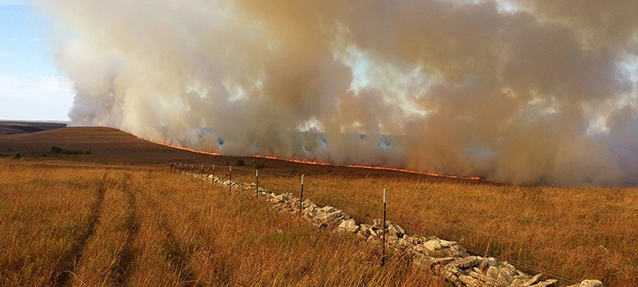
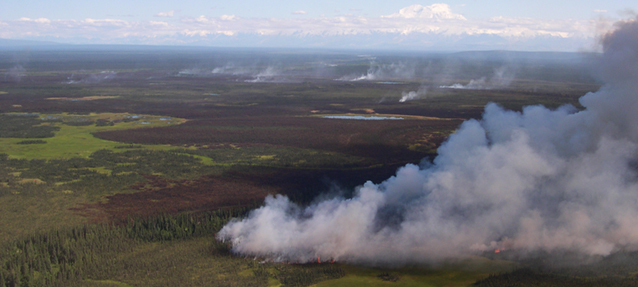
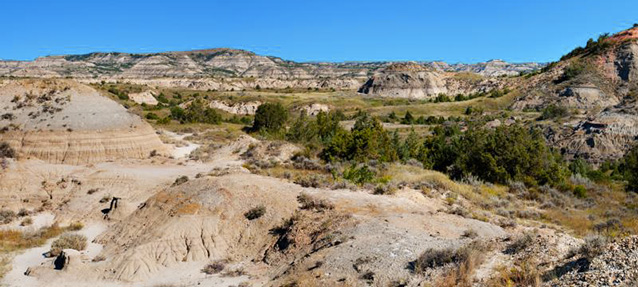
Burning Uphill vs. Flat Ground
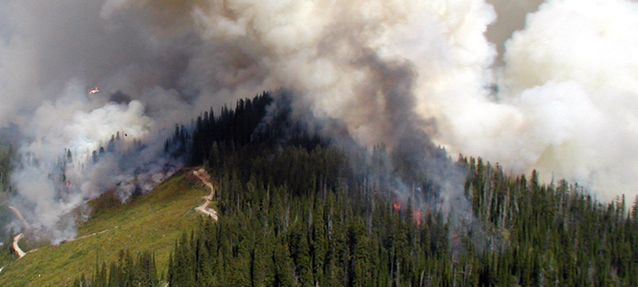
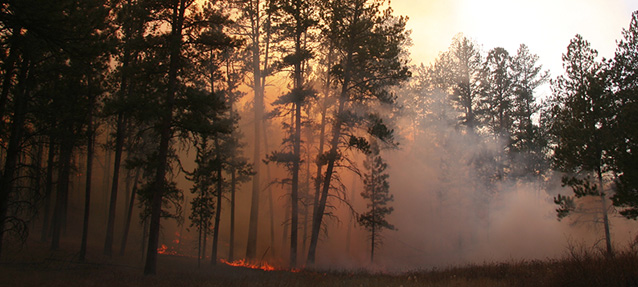
Animals Return Post Fire
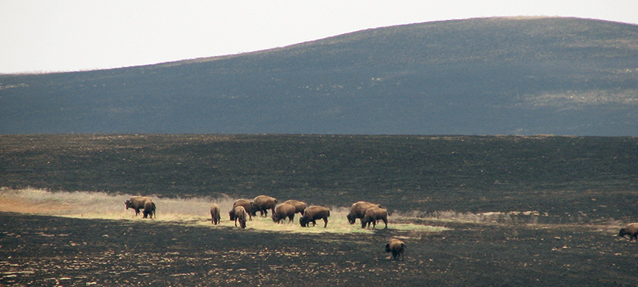
Seedlings Grow After a Fire
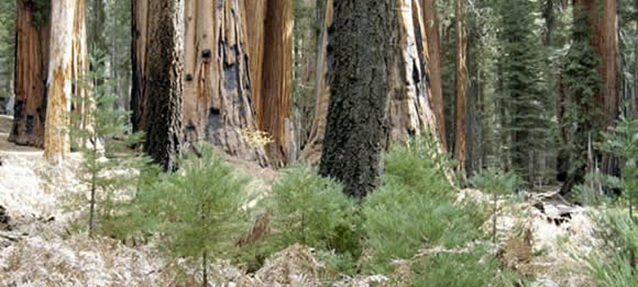
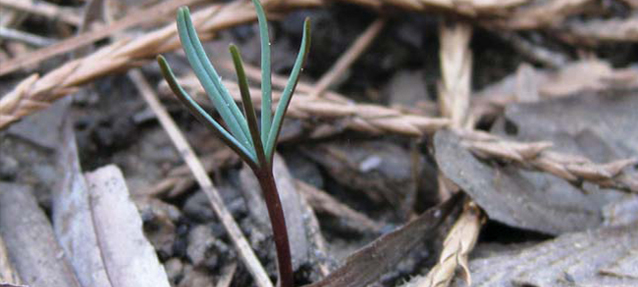
Part of a series of articles titled Fire Basics for Kids.
Last updated: February 1, 2022
